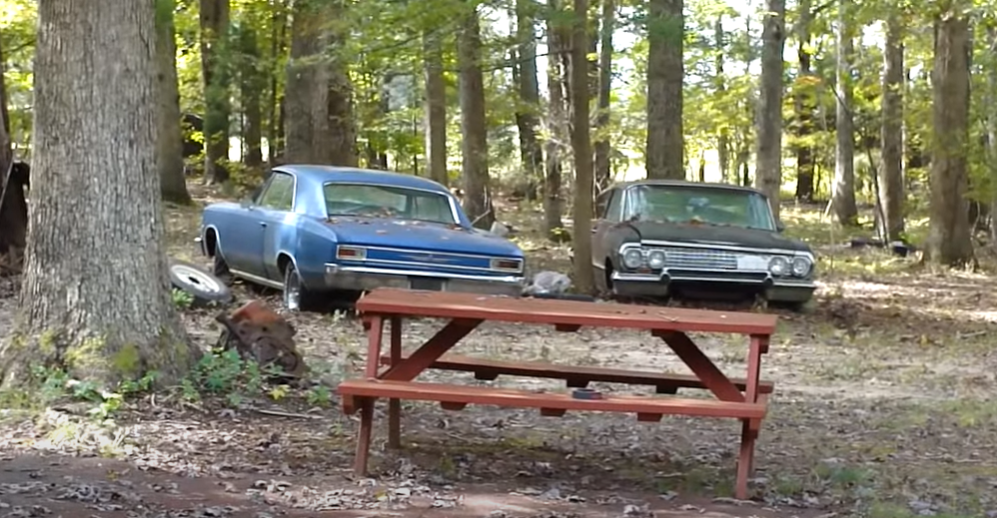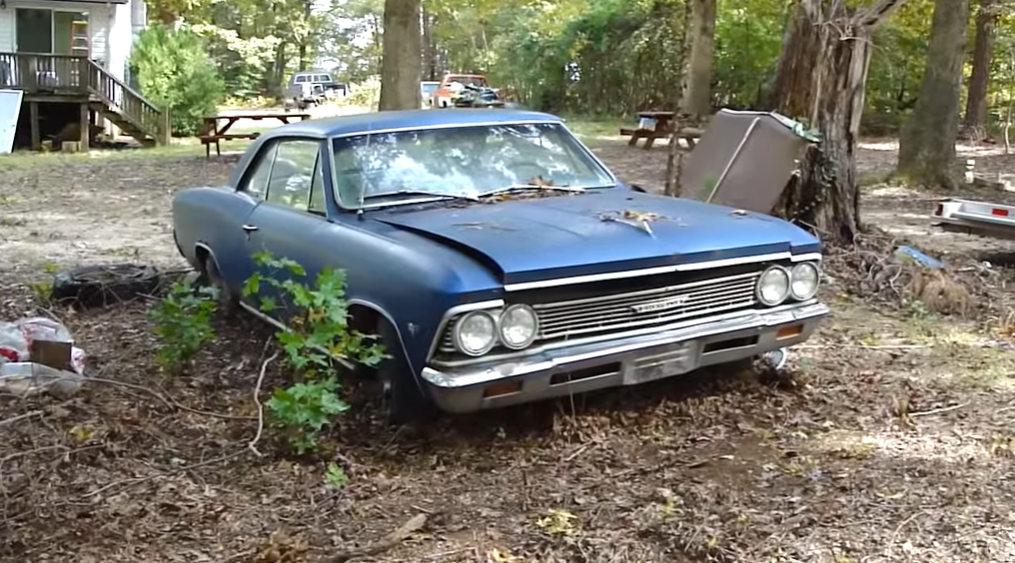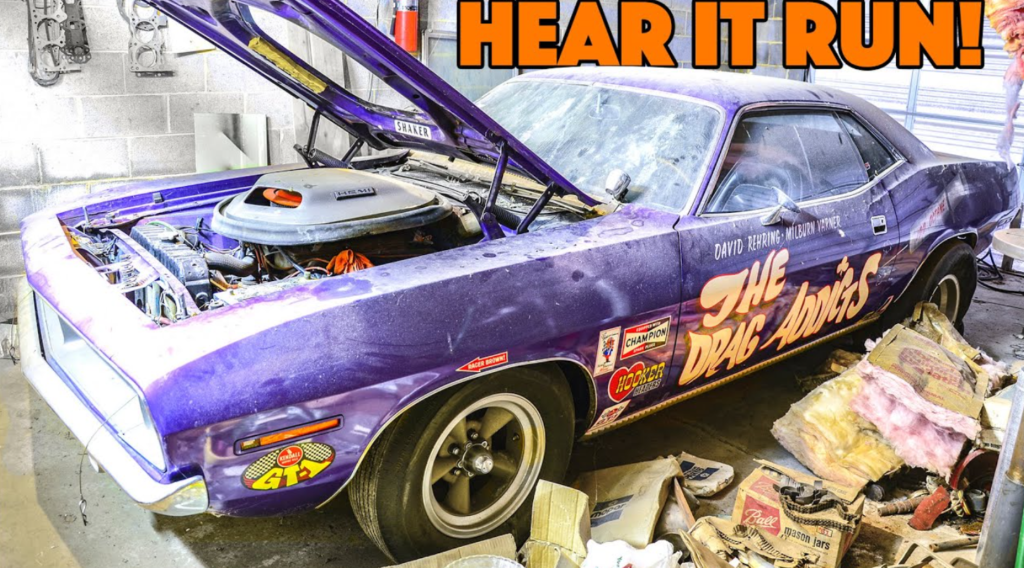1966 brought a significant production increase for the GTO after a shy start for its first generation. The GTO debuted in 1964 with over 34,000 units rolling off the assembly lines. The output increased to more than double this figure (75,000 units) a year later before reaching nearly 97,000 units in 1966.

1966 was, therefore, the best year for the GTO, with most customers ordering the 2-door hardtop version with a 389 4-barrel powertrain. Most GTOs (over 61,000 units) left the factory with a manual transmission; only 19,000 used the Tri-Power magic.
The 1966 Pontiac GTO posted on eBay by seller saberauto is an impressive testament to the first generation, as it's mostly original and comes with a massive collection of "New Old Stock" (NOS) parts.


The previous owner wanted to keep the GTO as original as possible, so they only purchased NOS parts. The body exhibits typical rust problems and accident damage, as the vehicle was involved in a front-end crash before ending up in the garage. The owner never repaired the car.
The engine under the hood is a 389 V8, but the seller did not reveal if it's still running. The car comes from an estate sale, so chances are they never tried to start the engine.

Overall, the car doesn't look as bad as you'd expect a forgotten 1966 GTO to look, and the interior still comes in an impressive shape. The cabin needs a thorough cleaning, though I'd pay particular attention to the floors, especially as the undersides are typically the first metal parts attacked by rust.

This GTO sells at no reserve so that the highest bidder will take the car home. The auction is underway, and the top offer at the time of press is $12,000. The listing will expire in approximately four days, and interested buyers can check out the car in Fall River, Massachusetts.































